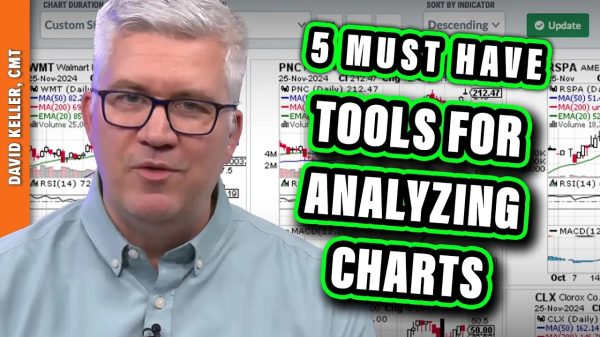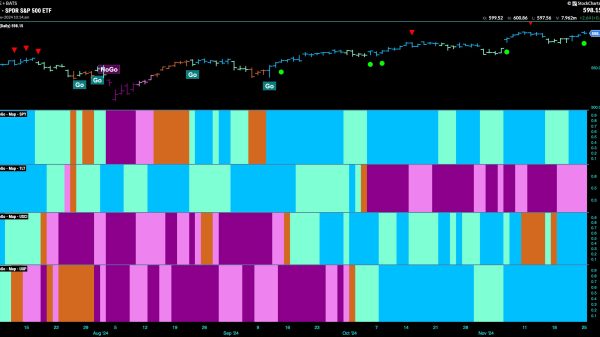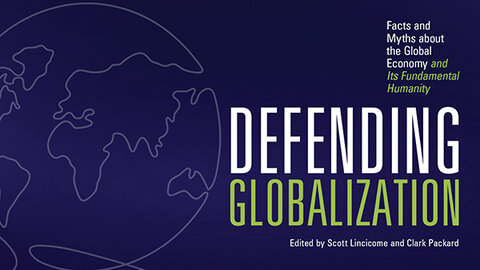The year is ending with a significant level of optimism among investors, focusing on an expected string of rate cuts from the Fed and an estimated economic soft landing.
However, a soft landing is a very rare event. Since 1975, there have been nine rate hike cycles, and seven of them ended in a recession.
Why? We must understand that the concept of “landing” that the Federal Reserve repeats constantly is exactly that: a recession. A soft landing is a significant decline in the aggregate money supply, which entails lower credit and access to capital for families and businesses. There is no other way to lower price inflation, which the extraordinary and unnecessary increase in the money supply in 2020 caused.
Why did we have no price inflation between 2008 and 2019? Richard Burdekin explained it in his paper, “The US Money Explosion of 2020: Monetarism and Inflation (Scientific Research, Modern Economy, Vol. 11, Nov. 2020)”. “The lack of [price] inflation after 2008 certainly cannot be taken as proof that money no longer matters. Although a declining velocity of circulation did play some role, the key point is that the decline in the money multiplier largely offset the enormous increase in base money.” Burdekin goes on to explain that “inflationary consequences remained minimal, however, owing to the soaring excess reserve ratios that greatly constrained the overall money supply increase at this time. By contrast, absent such extraordinary increases in bank reserve holdings, the initial consequences of the 2020 expansion differ markedly from the 2008–2009 case. Between February 2020 and September 2020, the monetary base rose from $3454.5 billion to $4880.4 billion, while M2 rose from $15,446.9 billion to $18,647.9 billion.” The increase in money supply (M2) reached a massive 20.7 percent between February and September 2020.
Since then, accumulated price inflation in the United States has exceeded 20 percent, and rate hikes, added to a reduction of the balance sheet of the major central banks, have been the answer to containing the rise in prices.
Inflation is coming down, but not as fast as it would have done considering the decline in money supply added to the increase in rates. The main reason is that fiscal policy, for the first time in decades, is moving in the opposite direction of monetary policy. And this is likely to create significant problems in the future.
Money-supply growth has been negative for twelve months, and the year-to-date decline stands at -4.5 percent. The reason why the economy is not showing significant negative effects from the first decline in money supply since the 1930s is because the amount of liquidity injected in 2020–21 was so enormous that there is a lag effect as savings are consumed, and the accumulated money growth effect keeps credit conditions relatively loose.
The problem is that price inflation remains elevated. According to the Bureau of Labor Statistics, the Consumer Price Index (CPI) in October rose 3.2 percent over the previous 12 months, while the core CPI rose 4.0 percent over the year. With the continued decline in monetary aggregates, the CPI’s measure of price inflation should already be below 2.0 percent. Government spending and massive consumption of newly created units of currency are keeping price inflation above where it should be.
If next year we see rate cuts and money supply growth, accumulated price inflation from 2019 will likely surpass 23 percent, when it stands at 20.3 percent in the latest figure.
The massive destruction of the purchasing power of the currency continues.
Gold is now the only real defense against the loss of the purchasing power of fiat currencies. Bitcoin may have risen in 2023, but it is uncomfortably correlated with equities and bonds. However, anyway we look at it, the market understands that 2024 will bring some form of additional destruction of the value of our currency. Considering that risk, it is not a surprise to see that central banks have reached a record figure of purchases of gold in the first three quarters of 2023, surpassing the 800-tonne level. This record figure of gold purchases by central banks, a 14 percent increase from the 2022 level, reflects the need to strengthen and diversify their reserve base, reducing the exposure to sovereign debt, which has created net losses in the past two years, and increasing the holdings of an asset, gold, that guarantees stability and rising purchasing power over time.
Bitcoin, stocks, and bonds are all directly correlated with the expectations of a larger money supply and lower rates, but none of them are effective ways to offset the constant and inevitable destruction of currencies. Considering that central banks are looking to impose their own digital currencies, gold proves again that it is an essential asset in a portfolio where investors try to escape the collapse of money as we know it.
2023 has not been a sign of the success of central bank policies but a confirmation of their failure. Central banks have failed to comply with their target of price stability, while investors seem to find 3-4 percent acceptable if they receive the dose of monetary laughing gas they want.
The problem in 2024 is that soft landings are rare, that monetary contraction and rate hikes will show their true impact with the typical lag of twelve to fourteen months since the last hike, and that the federal government’s fiscal policy will continue to drive deficits and debt higher, which means consuming more newly created units of currency and debasing our salaries and savings.
























